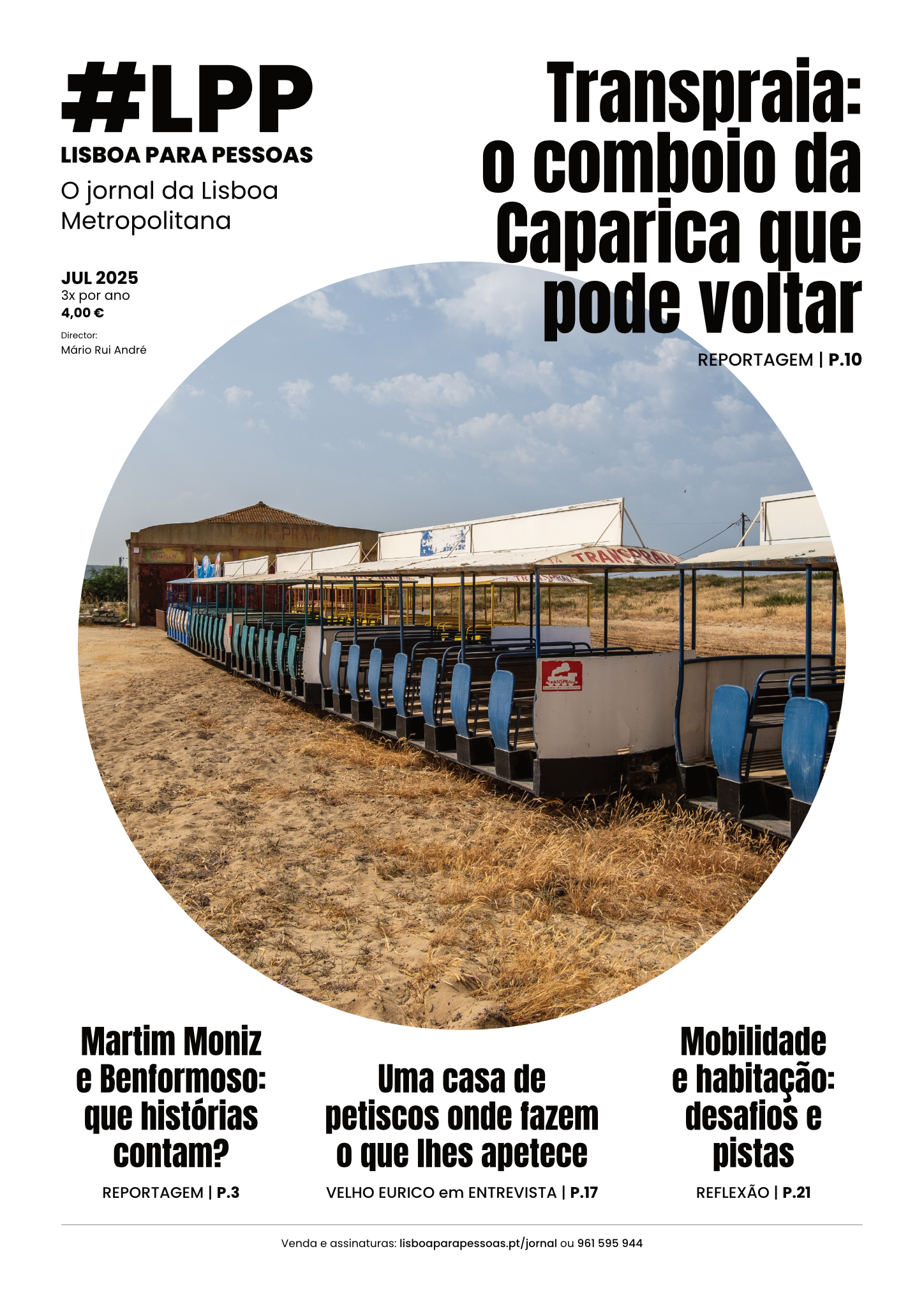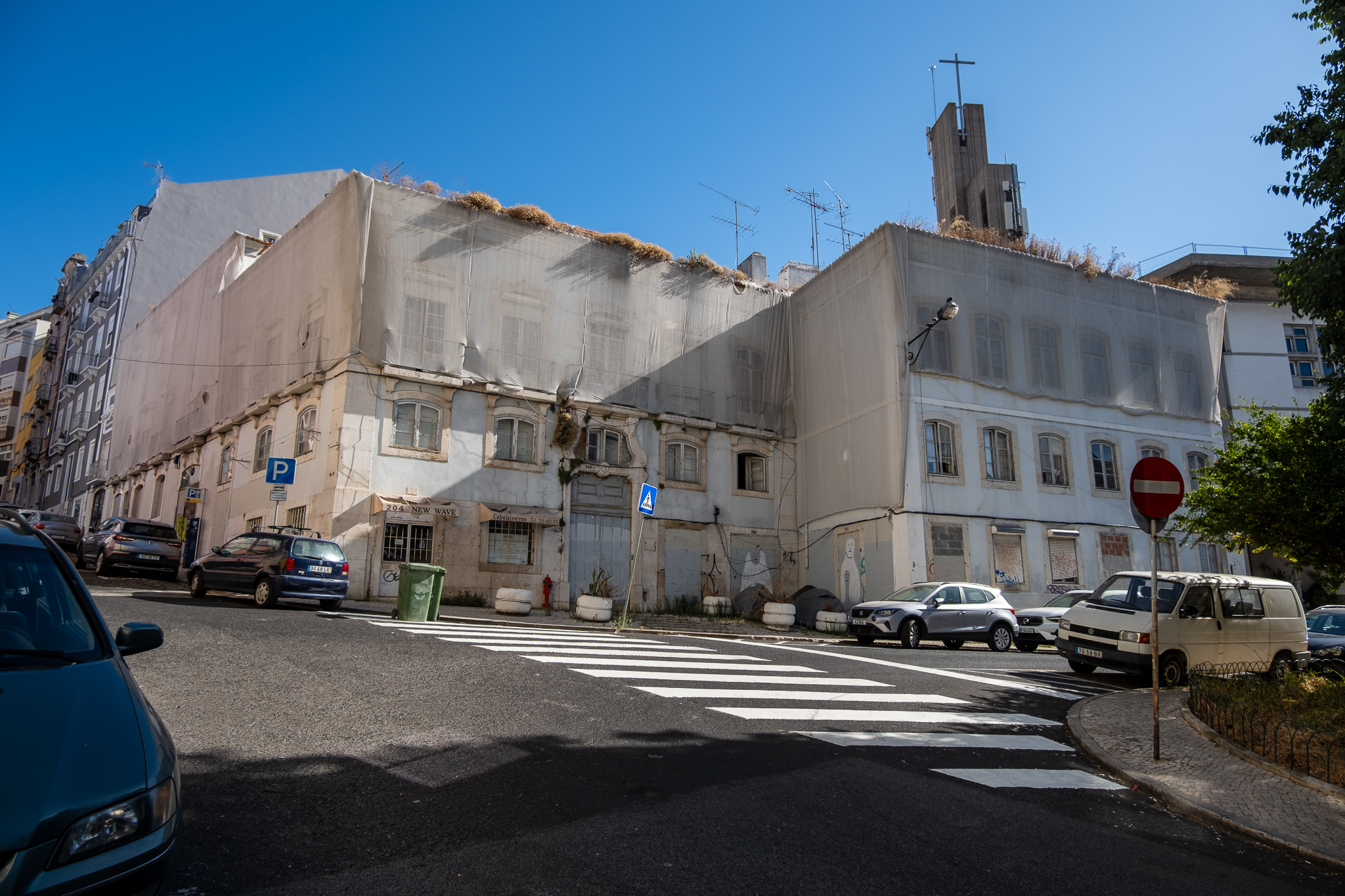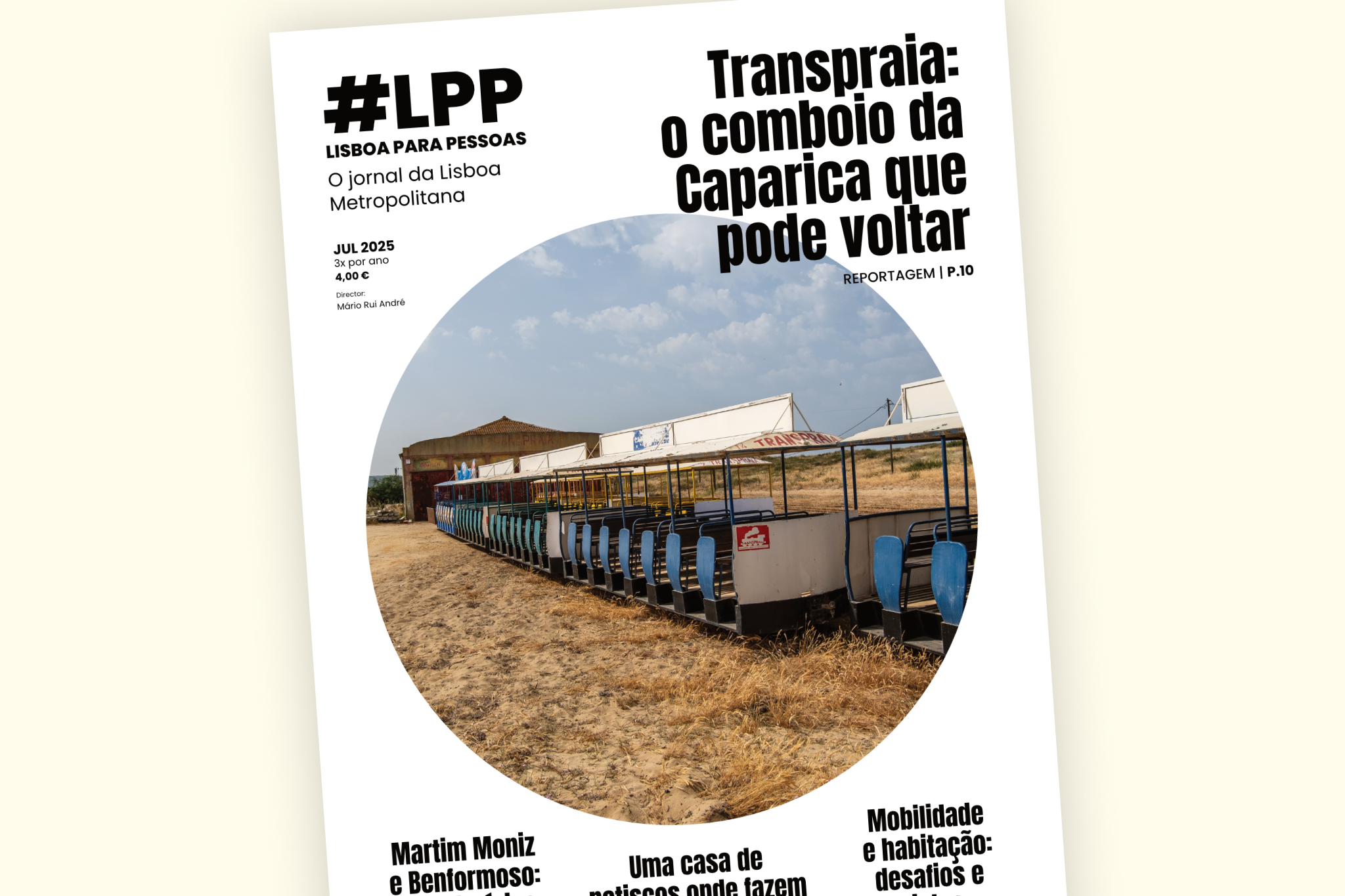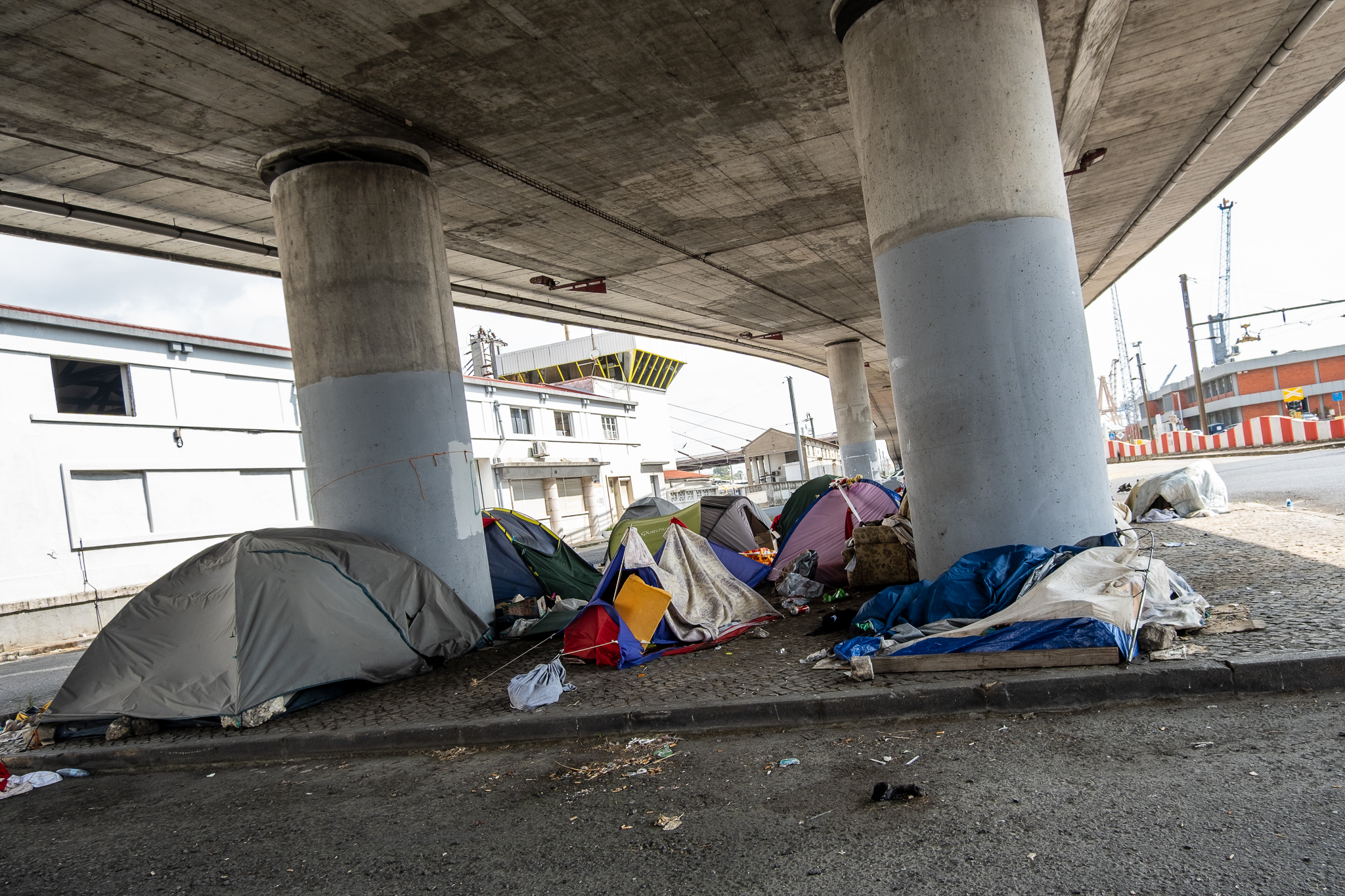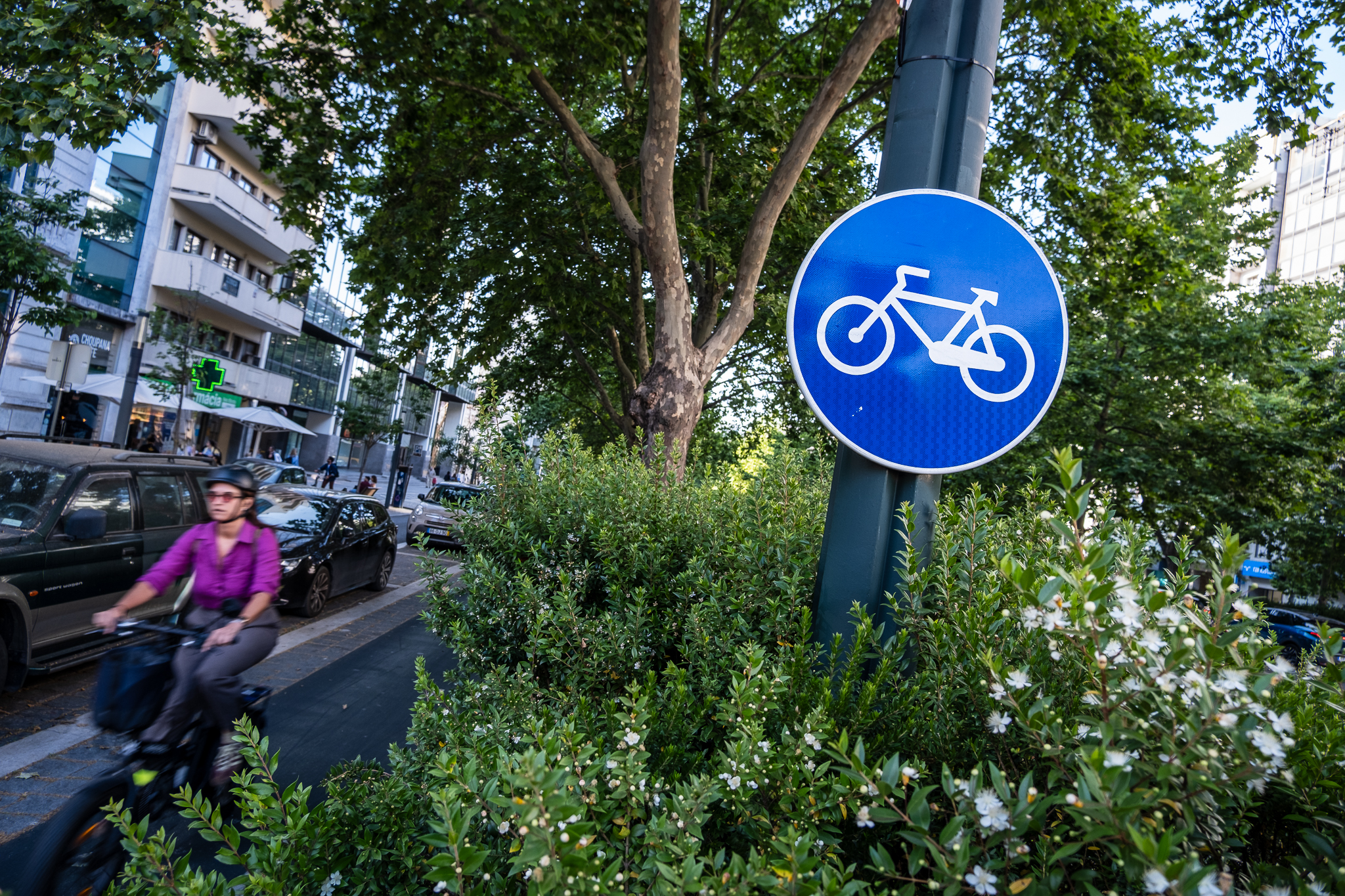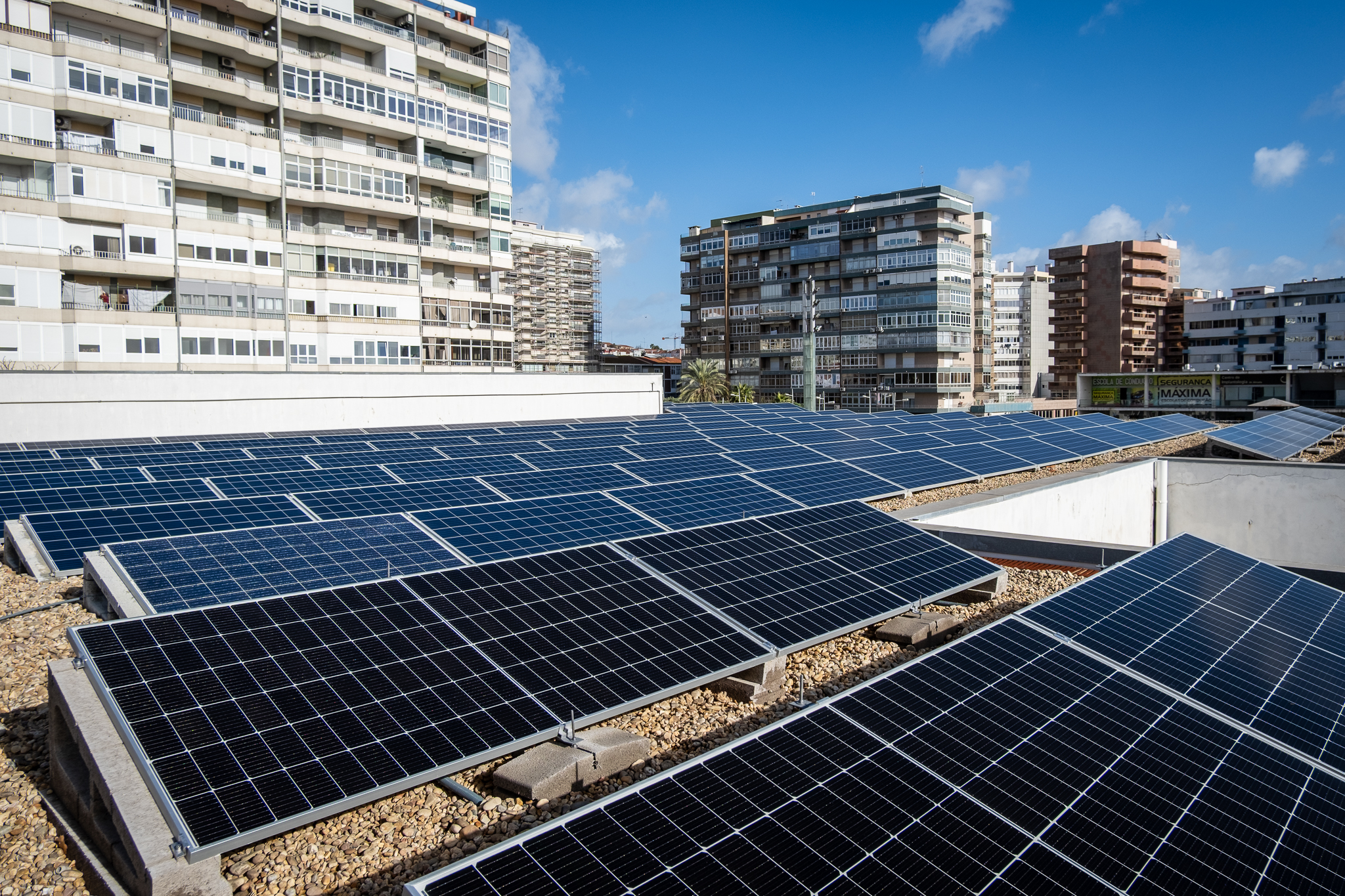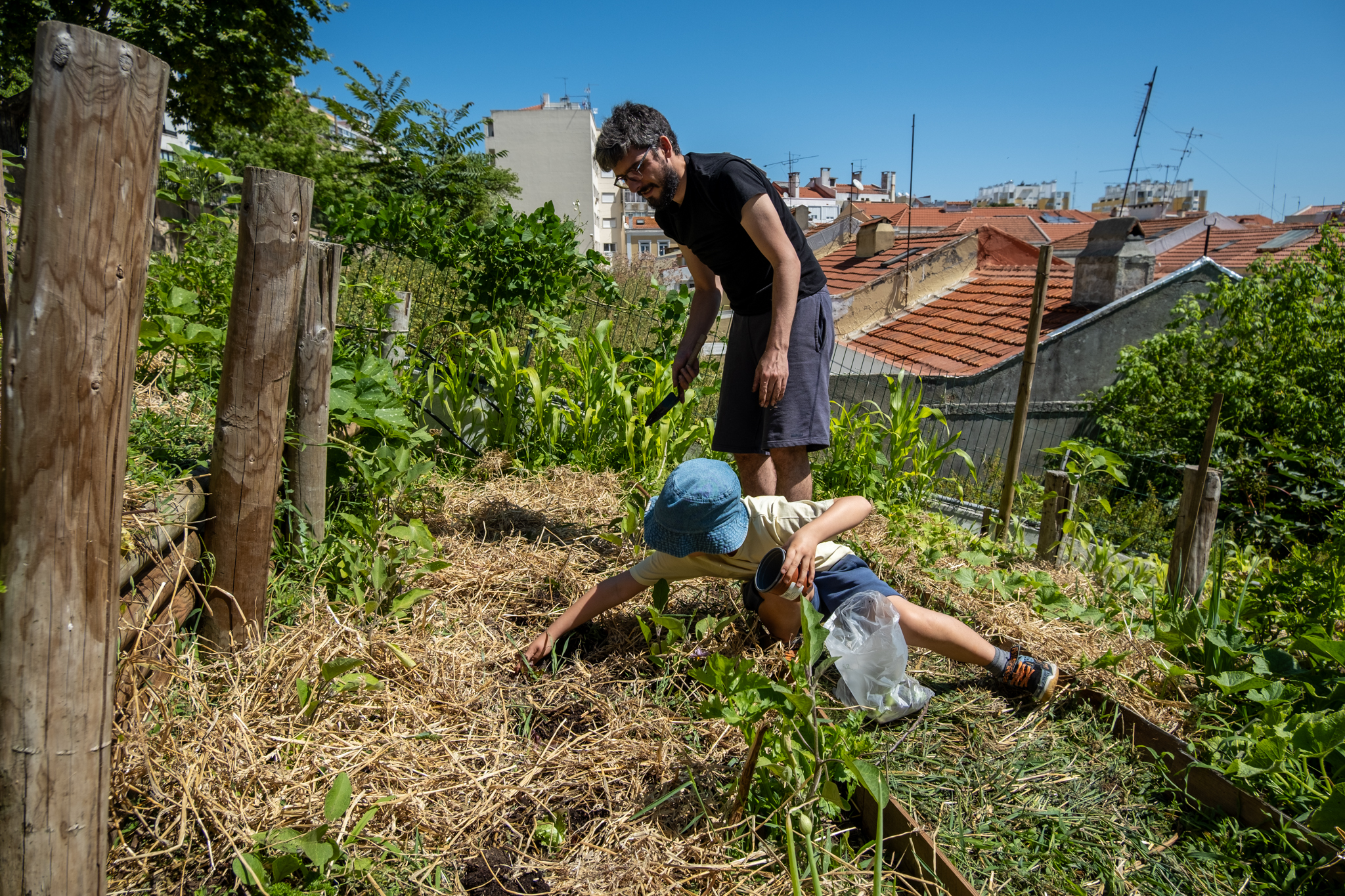Liliana Madureira and Gabriela Araújo present a children's story to show the youngest (and also the oldest) that the streets can be different from what they're used to.

It's not a children's story. Or maybe it is. Or it's a story for children as well as adults. Well, what is certain is that Liliana and Gabriela wanted to create a book to show young people how their cities can be different - with more space to play, for example - and take them on a journey of change, bringing their parents with them.

"Children are the best thing in the world. It may be a buzzword, but for me it's a premise. I've always loved their creativity, the fact that they're still growing, permeable, curious, expressive, sincere..."Liliana Madureira, who has developed projects with young people throughout her professional life, from Brincapé to Bicycle Trains, explains. "I love working on change with those who are still in the process, it's with them that we'll be able to change concepts and prejudices. It's at this stage that we create good lifestyle habits and a greater connection with nature, a greater respect for its ecosystem."
One day, Liliana was browsing her Instagram feed when she came across the work of the illustrator from Porto Gabriela Araújo. Message here, message there, they realized that had a common concern: the fact that the current design of cities favors the automobile too much, leaving little room for children to have autonomous mobility or even space to play in freedom. "Gabriela had already been braving the traffic in the city, but now with a small baby her fears had invaded her heart and it was no longer just her braving the traffic but her, the mother, and her most precious possession"says Liliana. So they decided to do something together.

That's how This Is Not a Children's StoryThis is because the story may be for children, but it also aims to involve fathers and mothers in a change that the authors believe is necessary. Because "we have a problem to solve": "a big machine" which, despite being "super comfortable", makes us walk fast and "see everything at a glance", and which has pushed us onto sidewalks, leaving us with no space to sing or walk quietly. They don't propose "radical" solutions, but rather compromise and consensus solutions, such as safe routes for cycling or walking to school, parking lots that take cars off the streets or obstacles that force vehicles to slow down."We need to talk more about these issues, which also need to reach more people. We all have to start deconstructing this idea that the streets are for cars, and everything else - pedestrians, scooters, bicycles - are adapted to the space left over. We both feel the need to create content that talks about this, because unfortunately there isn't much on our territory yet. Cars have to stop being cool"Gabriela adds.

"This isn't a children's story... Or maybe it is! But it's one of those for adults too. The kind that starts in childhood and stays with you all your life. We kick things off with some ideas about how we can create more sustainable cities, with efficient, healthy mobility. But there's a lot of work involved in turning dreams into reality. And that requires everyone's will. The change is, first of all, in us. What can YOU do to change this unhealthy way of moving around? Come and have fun with us, think and design a city where it's so good to live!"
- synopsis of This Is Not a Children's Story
"I've been researching various children's stories, but I haven't found any that were about this thing of provoking children to action, to become participatory in building their city"explains Liliana, who is a member of the cooperative Bicyclingdedicated to promoting active mobility, including among young people. "There's a project I'm very fond of, the Bicicultura project, which has this DNA of putting children at the heart of the action and promoting education through practice, where children think about the city, make proposals and then implement them." This project is called Bicycle Heroes and aims to set up Children's Councils, where children can have an active voice, according to we told you here. Liliana already dreams of being able to connect all these initiatives, and the book can be an engine for unlocking and inspiring young people to start talking about their streets, their neighborhoods, their cities.

And who knows, maybe new books will emerge, new children's stories, new stories written by children and illustrated by them but aimed at adults. "Yes, we're also considering the possibility of a publisher who does interesting work and who can release the stories, giving them the scope we want." For now, Liliana and Gabriela's work has been published by ADENEthe central government agency for energy, an entity that "works on the energy transition in various areas, with a more recent area of mobility and sustainability. There's a lot of work the agency wants to do, particularly on bicycle mobility"Liliana explains.
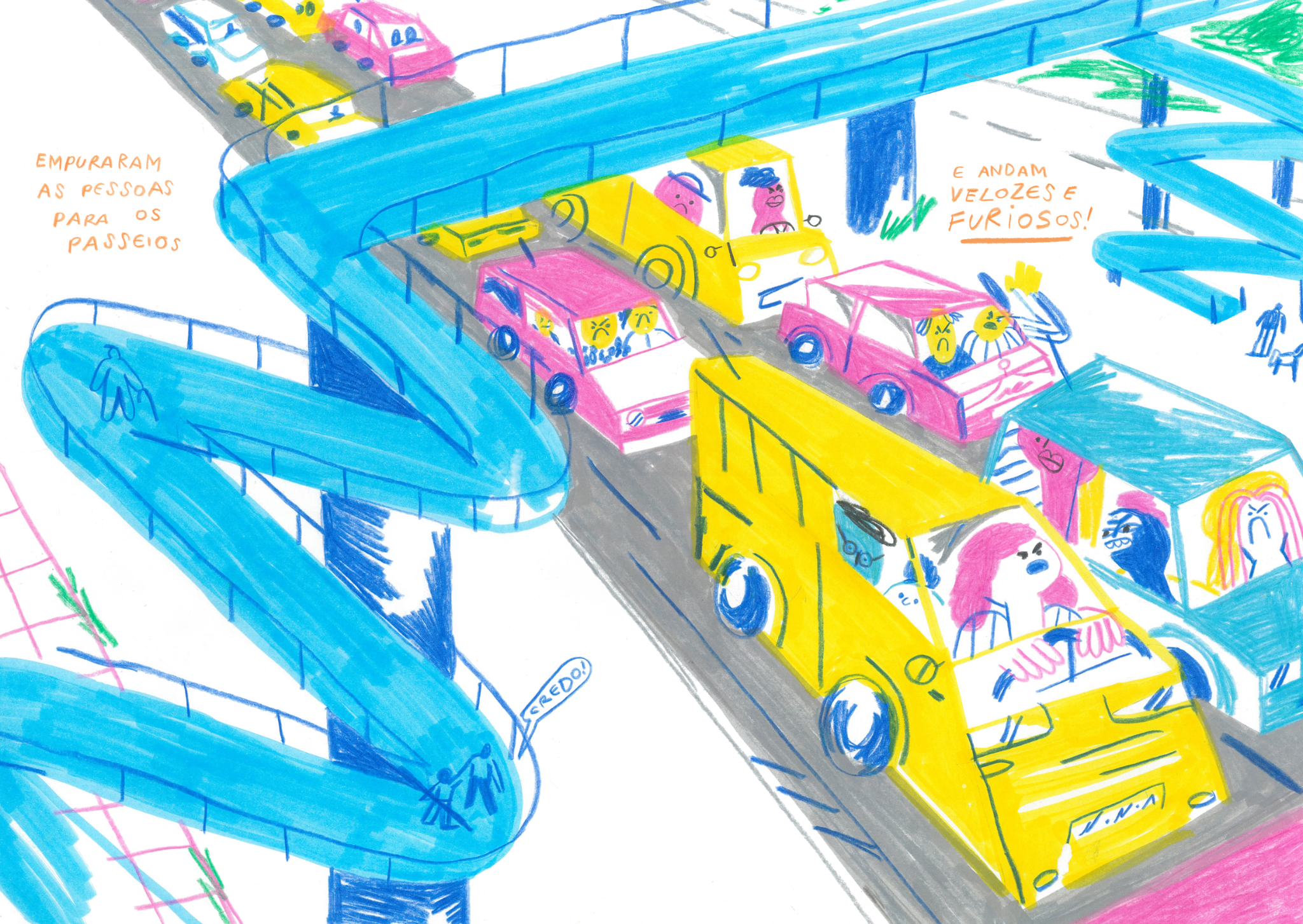
During the European Mobility Week, celebrated between September 16 and 22, Liliana and Gabriela presented their work in schools that already had some connection to active mobility projects, such as the Bicycle Trains/CicloExpress. The authors also take advantage of the Kidical Massis a global movement that gives visibility to children in the urban space and is already present in several Portuguese cities, including Lisbon. After all, a book that invites the little ones to rethink the city has everything to do with a movement that takes these little ones, accompanied by their parents, to the streets to ask for a different public space.

"In this special edition with ADENE, they kept part of the production so that they could give it away at their events. Other books were flown to localities where there are Kidical Mass promoter groups, so that they could also read them in their activities. Some were given to schools and also to community leaders working on the issue. We also want to leave them in some libraries so that they can be made available for reading“Liliana points out. "What we don't want is to lose the book to the circuits of the regular economy. But the project will continue"promises the author. "It was a very happy marriage and it was very easy to create this book. Working with productive, interested and efficient people is half the battle to success and to quickly overcome the small difficulties that can arise along the way."
Anyone wanting a physical copy of this story - or to find out more about the project - can contact the authors at Instagram or by sending e-mailfor example.
